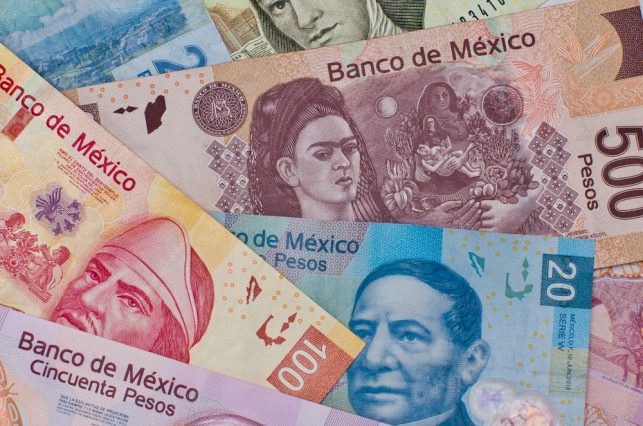
Historic Devaluation
The Mexican Peso has been under significant pressure over the last year, and the current level of devaluation in the currency is historic in both nominal and real terms.In the first 8 trading days of 2017, the Peso lost just under 14% of its value against the US Dollar.
The sell -off, which was both abrupt and significant, was serious enough to force Mexico’s Foreign Exchange Commission to intervene in the market, selling $2bln. Although the moved into USDMXN from 20.3 to nearly 22 is clearly significant, the sustained devaluation of the Peso over the last 30 months is unprecedented in Mexico’s recent economic history.
MXN has now fallen over 69% against USD over the last 30 months, surpassing the 30% decline during the 1998 Long Term Capital Management-related crisis and the recent global financial crisis in 2008-09. The only comparable decline is the 100% increase in USDMXN over the 1994 Tequila crisis.
So the question is, are things as bad in Mexico now, as they were during the 2008-09 period?
The bottom line is no; they aren’t. In fact, one of the challenging things about the current sell-off is that on paper, the Mexican economy looks fairly robust: growth is at 2%, inflation is being controlled, and both the trade balance and the fiscal deficit are around 3% which is smaller than the average in most OECD countries.
Although the Mexican economy has underperformed in terms of growth and ratings agencies have voiced their concerns relating to the trajectory of the country’s fiscal accounts, economic conditions are significantly different to those of 1994-95 when the economy shrank by 6%, the current account deficit was 6.3% of GDP and inflation was in double digits.
MXN Directional Drivers
In looking for directional drivers that affect MXN, it is vital to think about both structural changes in the economy and the exchange rate framework over the last 20 years. Free trade has also played a central role in altering the structure of Mexico’s economy. Over the last 30 years, exports have moved away from commodities. A buoyant manufacturing industry has developed, and the country’s export basket reflects the increasingly complex products offered.













Leave A Comment